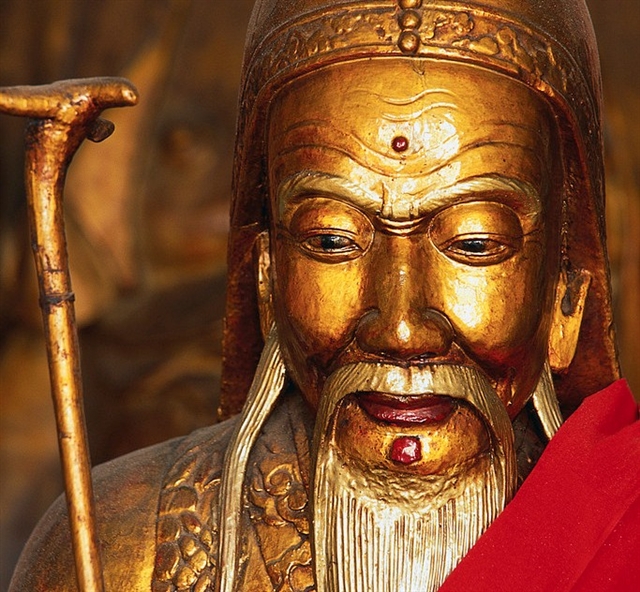A British Teacher in China
As an individual, my view of teaching is based upon my own personal background, upbringing and culture. However, Starr (2012) highlights the dangers of this: “Western, predominantly Anglo-Saxon teachers (take) with them the assumption that the communicative approach (is) the ‘right’ way to teach a foreign language…” So as a teacher in China, I am compelled to look past the student-centred paradigm to realise it is not a matter of simply imposing student-centred techniques that are successful in England, but understanding the social and cultural background of my students to know which approaches may be suitable. That is to say, it is an over-simplification to view teaching and learning in one country, through the lens of another country’s values. Thus, if I am designing an object to facilitate parental involvement in student learning here in China (for a Masters project), then I must be sensitive to and draw upon the socio-cultural context of the role of the teacher, the role of the parents and the process of teaching and learning here. This has led me to reading some papers on the role of the Chinese learner, Chinese teacher and Confucius.
The Traditonal Chinese Education System
From Starr’s work in China and the Confucian Education Model, I learnt that Confucian beliefs are based on the three h’s: Humanism, Harmony and Hierarchy. And the Confucian model focuses on three areas – moral training: “Confucius taught four things: culture, conduct, loyalty and faithfulness”, education open to all: “In education there should be no class distinction” and that education is a serious business: “If the Superior man is not grave…his learning will not be on a firm foundation”. After 200 BCE, the traditonal Chinese education system became an examination system, based on merit. This system resulted in high levels of social mobility in traditional China, and is the blueprint of the system that is in place today. But how do high-stakes examinations affect the dynamic between young learners and their parents?
In China All Children Can Do Well
In Understanding the Chinese Learner and Teacher Today, Rao & Chan (2009) seek to understand the paradox that is of the successful Chinese learner. (Of course, this is not a paradox in China!) From a ‘western’ perspective, it is difficult to relate academic success with rote learning and memorisation. But Rao & Chan prompt us not to simply dismiss this phenomenon, by shining a light on the cultural context, “Right up to the present day, one can see the influence of Confucian values in the attitute to knowledge, education and achievement. The concept that all children can do well if they try hard enough is a deeply held belief.” I feel this is somewhat of a different attitude to that of folks back home (in the UK). I think that we are resided to think that some people can, some can’t and there is no need to push those that don’t display high levels of ability. “Failure to learn is seen as a result of lack of application rather than lack of ability.” (Starr, 2012) This is in stark contrast with most Chinese parents, who feel that with enough support anyone can do well. Even students living in disadvantaged homes have a chance, if they work hard: “In all education there should be no class distinction.” (Starr, 2012. See: Analects 15:38). And this is manifested in China’s national exams: the zhong1kao3 (中考) and the gao1kao3 (高考), the latter seen as the most important, as this result sends you to university, an important turning point in everyone’s life.
Thought Shift
So, despite population size intensifying competition, with everyone seemingly on an equal footing, it stands to reason that Chinese parents are instinctively and deeply involved in the education of their children. Indeed, Starr’s paper concludes: “A key factor in scholastic achievement is parental involvement. East Asian parents, especially mothers, are deeply involved in this process: they do not leave it to the schools but monitor and supplement school teaching.” The assumption that the parents of the students in my class were generally not involved in their children’s learning has been seriously undermined. In terms of my project to facilitate parental involvement, there is still more research to be done…
References
Rao & Chan (2009), Understanding the Chinese Learner and Teacher Today, The Hong Kong Federation of Youth Groups
Starr (2012) China and the Confucian Education Model, Teaching and Learning Position Paper, Universitas 21



1 Comment on “(MA) DTLT: SLA – Week 29 – Reflections on Teaching and Learning in China”
Comments are closed.